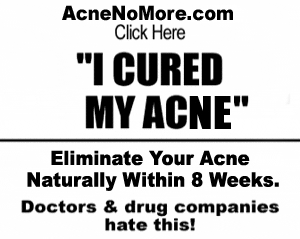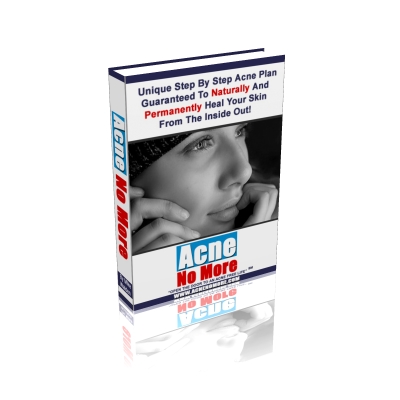Understanding Acne: A Comprehensive Guide for Teens and Beyond
Acne, the bothersome skin condition, is a common occurrence among teenagers, often causing frustration and self-consciousness. Puberty brings about numerous changes in the body, including the growth of facial hair, the onset of menstrual cycles, and the development of cracking voices. Amidst these transformations, acne emerges as an additional complexity. In this article, we delve into the causes, misconceptions, and available treatments for acne to help you navigate this common affliction.
Unveiling the Culprit: What Causes Acne?
Acne vulgaris, commonly referred to as acne, encompasses various forms such as pimples, zits, blackheads, and whiteheads. During puberty, the body undergoes hormonal changes, leading to an excess production of the male hormone testosterone. Additionally, female menstrual cycles can disrupt the hormone balance. These hormonal fluctuations, coupled with the physical changes experienced during adolescence, create an ideal environment for acne to thrive. The primary culprit behind the blemishes is a type of bacteria that naturally resides on the skin—specifically, a staff-like bacteria that proliferates within clogged pores filled with dead skin cells.
Visit: Accutane - The Prescription Solution for Acne
Contributing Factors and Misconceptions
While hormonal imbalances are the primary trigger for acne, several other factors can exacerbate the condition. Prolonged exposure to chlorine, for instance, can lead to a persistent and severe form of acne. Similarly, the use of anabolic steroids may cause acne and contribute to various other health issues.
In the past, acne was often attributed to poor hygiene, leading many individuals to vigorously scrub their faces in an attempt to rid themselves of pimples and blackheads. However, this practice can actually worsen the problem by damaging the skin. Furthermore, certain foods were once erroneously believed to increase the likelihood of developing acne. Fried foods and chocolate were commonly implicated, given their popularity among teenagers. However, scientific evidence does not support a direct correlation between greasy foods and oily skin. Acne, while unpleasant, is a natural part of the maturation process.
The Light at the End of the Tunnel: Acne's Timeframe and Types
Fortunately, the majority of individuals outgrow acne as they transition into adulthood and their bodies undergo further changes. By the time most people reach their twenties, acne is no longer a concern. While some individuals may experience prolonged acne, for most, it is a temporary and transient phase that subsides over time.
Acne blemishes are categorized into two types: inflamed and non-inflamed. Non-inflamed blemishes encompass blackheads and whiteheads. A whitehead occurs when a skin pore becomes clogged with dead skin cells, while a blackhead is a similar clog that has opened up and become oxidized, resulting in a darker appearance. It is crucial to note that blackheads are not caused by dirt, contrary to popular belief.
Inflamed blemishes, commonly known as pimples or zits, appear reddish and inflamed. The classic red pimple is a familiar sight, but larger cysts can pose greater challenges. Pimples develop when a whitehead fails to transform into a blackhead and obstructs the pore, leading to the breakdown of the pore wall. Consequently, oil, dead skin cells, bacteria, and other bodily debris accumulate within the pore. White blood cells gather to combat the infection, resulting in the formation of pus, which can be painful. Cysts, larger and more severe than regular pimples, may recur and necessitate medical attention.
Debunking Myths: Sun Exposure and Acne
Many misconceptions surround acne, one of which involves the belief that sun exposure can cure the condition. Some individuals seek a suntan as a panacea for acne, hoping to mask the blemishes. However, sun exposure does not have a positive impact on acne. On the contrary, it can darken the skin, making pimples more difficult to see. Furthermore, excessive exposure to the sun can lead to wrinkles and increase the risk of skin cancer later in life.
Exploring Available Treatments
Fortunately, numerous treatments are available to alleviate the impact of acne on individuals' lives. Over-the-counter remedies, natural solutions, and prescription drugs, if necessary, can provide relief and promote clearer skin. It is essential to consult with a healthcare professional to determine the most suitable course of action for managing and treating acne.
Achieving Clear Skin: A Holistic Approach
In conclusion, acne is a prevalent skin condition that affects many teenagers and even some adults. Understanding the causes, debunking misconceptions, and exploring effective treatments are crucial steps towards achieving clear and healthy skin. Remember, acne is a temporary phase, and with the right approach and appropriate care, you can successfully overcome it. Embrace your journey towards lasting clear skin, and let your confidence shine through.
---
To learn more about permanently eliminating acne and achieving clear skin, consider exploring the comprehensive step-by-step success system developed by Mike Walden, a certified nutritionist, health consultant, and former acne sufferer. Click here to access the valuable information: [AcneNoMore.com]


















0 Comments